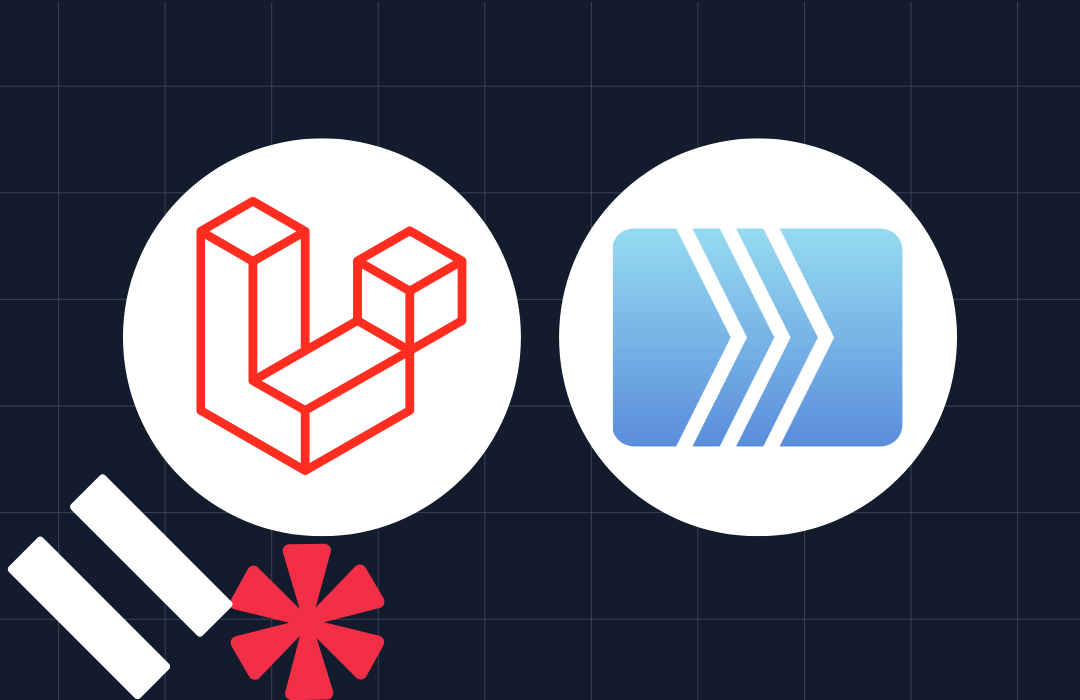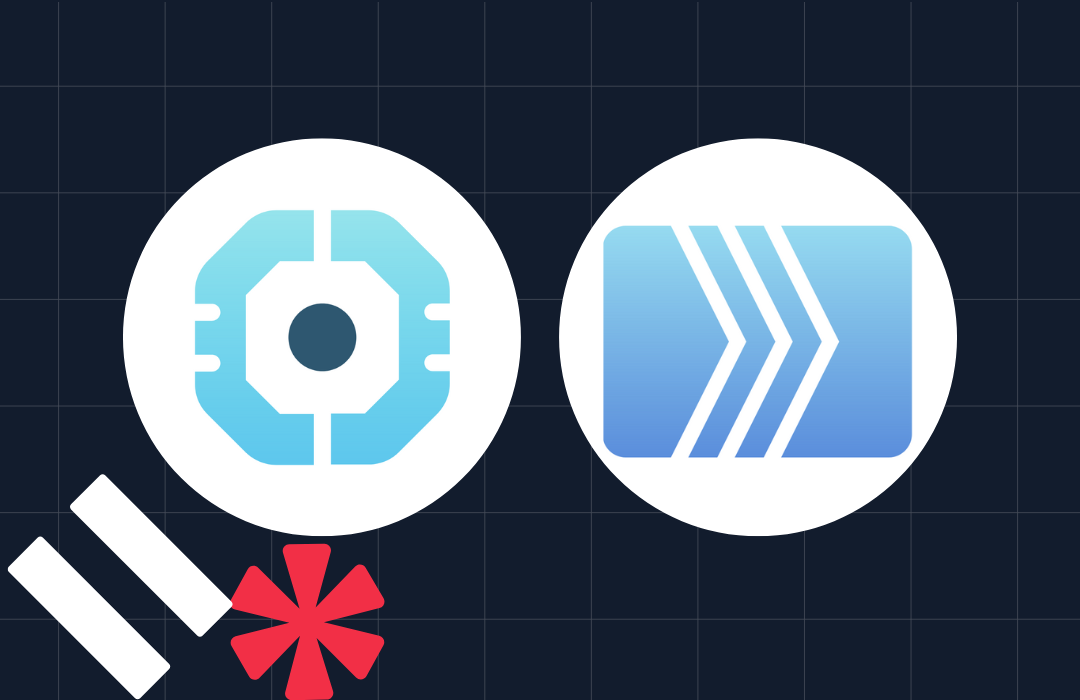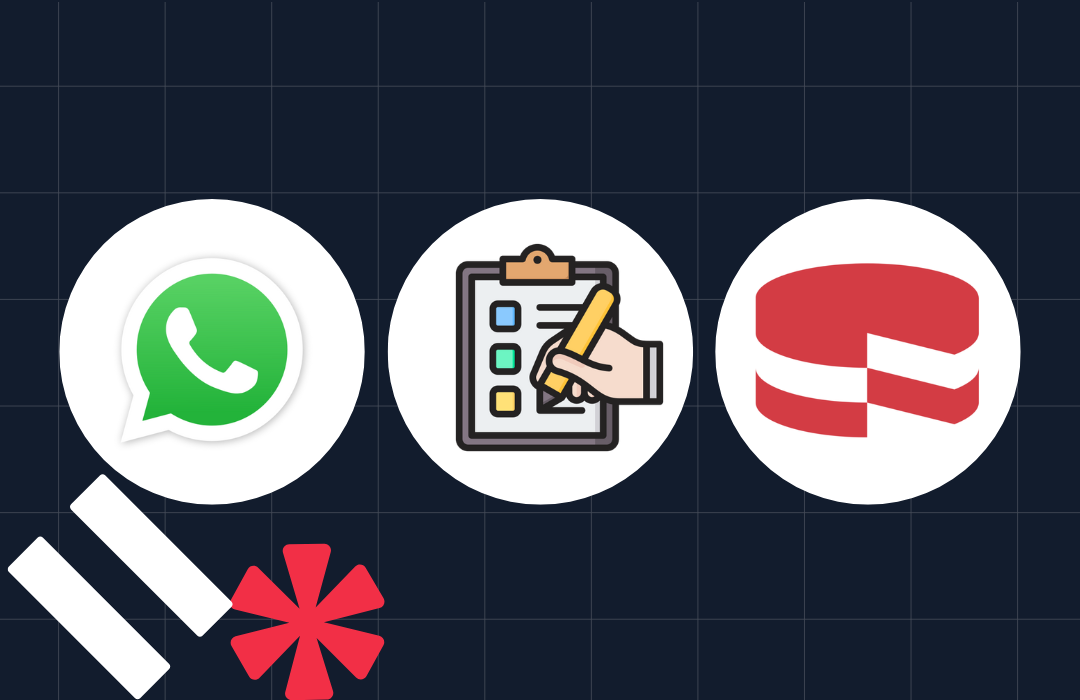Laravel Reverb: A Comprehensive Guide to Real-Time Broadcasting
Time to read: 8 minutes
Laravel Reverb: A Comprehensive Guide to Real-Time Broadcasting
It is the 1950s and you are a football fan. The big game is on, but you're not at the stadium. What are your options? Wait for tomorrow's newspaper or listen to a radio recap later. There is no instant gratification or real time thrill. The game occurs, and you are left in the dark, waiting.
Now, fast forward to the early 1990s. Live television broadcasts have become the norm. You're watching the big game in real time from the comfort of your living room. Every goal, save, and dramatic moment is captured in real time. The contrast is night and day. You are no longer a passive receiver of old news but an active player in the ongoing drama.
This transition parallels the current progress of web development. For years, web applications mirrored the pre-broadcast era: static, update-on-refresh experiences in which users were constantly one step behind the real happenings. However, we are now in the age of real-time web apps, in which changes are delivered instantaneously and users are constantly up to speed with the most recent data.
What is Laravel Reverb?
Laravel Reverb is to web applications what live broadcasting is to sports coverage. Written in core PHP, it's a WebSocket server designed to work seamlessly with Laravel's event broadcasting system, bringing real-time capabilities to your web applications.
Just as live broadcasting transformed passive viewers into engaged participants, Reverb transforms static web pages into dynamic, instantly updating applications. It provides the infrastructure to push real-time updates from your server to connected clients, as the crucial link between your Laravel backend and the user's browser.
By the end of this article, you’ll know how to implement Laravel Reverb to broadcast live updates across your applications, allowing for dynamic user experiences.
Prerequisites
- Prior knowledge of Laravel and PHP
- PHP 8.2 or newer
- Composer and Node.js globally installed
- Your preferred text editor or IDE
Set up the project
Let's start by setting up a new Laravel project. Open a terminal window, create a new Laravel application, and navigate into it with the following commands:
Next, you need to install broadcasting, because since Laravel 11, broadcasting is not enabled in new Laravel applications by default.
While the command runs, you will be prompted to install Laravel Reverb and Node dependencies. Install them by answering "yes" at the terminal. On inputting "yes", the command will run php artisan reverb:install to publish the settings, add the needed environment variables, and enable event broadcasting in your application.
Several things happened when you were installing broadcasting in your Laravel application:
- The config/broadcasting.php file was created, which contains the broadcasting module configurations
- The routes/channels.php file has also been generated. You use it to set up your application's broadcast authorization routes and callbacks
- Reverb was installed
- Finally, Laravel Echo and pusher.js were added as node dependencies, and resources/js/echo.js which connects Laravel echo to the Reverb server was also created
Understand the core concepts
Some fundamental broadcasting concepts must be understood to properly understand how Laravel Reverb can be used to enable real-time functionality in your apps. These include channels, events, listeners, and web sockets.Together, these components enable the smooth data flow from the server to the client, allowing for real-time interactions without frequent refreshing.
Let’s break these concepts down step by step.
Events
In Laravel, events are the primary data units broadcast between channels. When anything occurs in your application that you want to communicate to the client (for example, a new message is delivered, a person joins a group, or a notice is triggered), you generate an event. This event comprises pertinent data, such as message content or user information, and is broadcast to a channel.
Laravel simplifies handling events by giving means for creating them. Events can refer to anything meaningful that happens in your application, and an event class contains the logic that determines what data is broadcast and on which channel.
Let’s say you’re building a chat application. When a user sends a message, you create an event named MessageSentEvent that carries the message data and broadcasts it to a chat channel.
Broadcasting Channels
Imagine you’re tuning into a radio station. The station broadcasts music, and everyone tuned to that frequency can listen in. In Laravel's event broadcasting, channels work similarly. When you want to broadcast an event, you send it through a channel and everyone “listening” to that channel can hear it.
There are three types of channels in Laravel:
Public channels
Public channels are accessible to anyone. When you broadcast an event on a public channel, any connected client can listen to that event without authentication.
Private channels:
Private channels add a layer of security by requiring users to be authenticated before they can listen to events. When a private channel is used, Laravel ensures that only authenticated users with proper permissions can access the broadcast. Imagine a chat app where users have their private messages. You wouldn’t want everyone to see those messages, right? Broadcasting on a private channel ensures only the intended user can receive those messages.
Presence channels:
Presence channels extend private channels by also tracking who is actively connected. In presence channels, you broadcast data and have real-time knowledge of who’s subscribed to the channel. This allows developers to build features that require user presence tracking, such as chat rooms where users can see who is online. Presence channels are perfect for real-time collaborative applications, like a shared document editing tool or an online chatroom where you want to display an online/offline status.
Listeners
While events are pushed from the server side, listeners are what handle the broadcast on the client side. Listeners are JavaScript components that subscribe to a specific channel and "listen" for events broadcast on that channel. When an event is broadcast, the listener reacts to it and performs some action, such as updating the UI, displaying a notification, or refreshing data.
In Laravel, the Laravel Echo library is commonly used to handle real-time broadcasting listeners on the client side. This library abstracts away the complexity of managing WebSocket connections and simplifies subscribing to channels and listening for events.
WebSockets
The WebSocket protocol, a full-duplex communication protocol that provides permanent connections between the server and the client, is crucial to real-time broadcasting. Unlike HTTP, which is request-response oriented, WebSockets allow for continuous data flow in both directions, making them ideal for real-time applications where data changes must be delivered to clients instantaneously.
Think of WebSockets as a phone call between the server and the client. Once the call (connection) is made, they can talk back and forth without hanging up. This makes it faster than constantly refreshing the page or checking for updates.
In real-time broadcasting, WebSockets create an open connection between the server and the client. When an event happens, the server can instantly send the update through the web socket to the client, and the client will see the change immediately.
Build a simple real time application
Now that you've learned about the key concepts of real-time broadcasting, it's time to put them into practice. In this section, you'll create a simple to-do application.
The idea is that multiple users can engage with the to-do list simultaneously, and any modifications made by one user are immediately visible to all others in real-time. Let's get started.
Step 1: Create a model and migration
The first thing you need to do is to create the Task model to store information regarding each task. Run the command below to create the Task model class and migration schema:
In the newly created migration file, add fields for the task's name and status. Open the migration file located in the database/migrations directory ending with _create_tasks_table.php and add the update it to match the following:
Then,In the app/Models/Task.php file, add the code below:
Run the migration:
Step 2: Create event classes for broadcasting
For the application, only three events would be listened to. When the tasks are added, updated, and deleted. So, create these event classes by running the following commands:
Now, open the app/Events/TaskAdded.php file, and you will see a predefined template. Replace it with this:
Do the same for app/Events/TaskUpdated.php:
And finally for app/Events/TaskDeleted.php:
Each of the events implements the ShouldBroadcastNow interface, which would broadcast via the sync driver instead of the default driver allowing them to be dispatched instantaneously.
Step 3: Write the task’s logic
Next, you need to define the logic that would handle the task creation, update, and deletion process. But you must first create a controller to hold this logic, by running the following command:
Then, update app/Http/Controllers/TaskController.php to match the following:
Step 4: Define routes
Now, it's time to update the application's routing table. In routes/web.php, add the routes below, along with the accompanying use statements to define routes to handle the creation, update, and deletion of tasks.
Step 5: Build the frontend
This application's front end will be built with Vue.js. To achieve this, install the vite-vue plugin (which installs Vue.js behind the scenes).
After the installation is complete, open the vite.config.js file in the project root and update it to match the following code.
With Vue.js integrated into the Laravel application, create a directory named components in the resources/js directory. Then, create a component named TasksComponent.vue in the resources/js/components directory.
Open the newly generated file and insert the code shown below into it.
Now, you need to import Vue and register the newly created component and mount it to the #app element, by updating resources/js/app.js to match the code below.
Following that, create a new directory named tasks in resources/views and in that directory create a file named index.blade.php. After that, add the code below into it:
Test the application
Now that the application has been built, it's time to test it. First though, run the build command below to allow Vite to compile everything.
Next, start the Reverb server with a debug option to see the logs of the WebSocket connections from the terminal:
And in another terminal instance, start the Laravel server.
After the server has started up, open the URL http://127.0.0.1:8000/ in two browser instances, placing them side by side. Create, complete, or delete tasks in one, and see how they are affected immediately in the other without refreshing the page.


That's the essentials of real time broadcasting in Laravel
This article covered the basic concepts of real-time broadcasting. We discussed fundamental topics such as channel events, listeners, and web sockets, as well as how they work together to provide rapid updates to users.
Now that you've learned the processes, you're ready to include real-time features into your own Laravel applications and provide dynamic, engaging experiences for your users. Happy building!
The code is available on GitHub.
Prosper is a freelance Laravel web developer and technical writer who enjoys working on innovative projects that use open-source software. When he's not coding, he searches for the ideal startup opportunities to pursue. You can find him on Twitter and LinkedIn.
Broadcasting icons used in the post's main image were created by Freepik on Flaticon.
Related Posts
Related Resources
Twilio Docs
From APIs to SDKs to sample apps
API reference documentation, SDKs, helper libraries, quickstarts, and tutorials for your language and platform.
Resource Center
The latest ebooks, industry reports, and webinars
Learn from customer engagement experts to improve your own communication.
Ahoy
Twilio's developer community hub
Best practices, code samples, and inspiration to build communications and digital engagement experiences.


